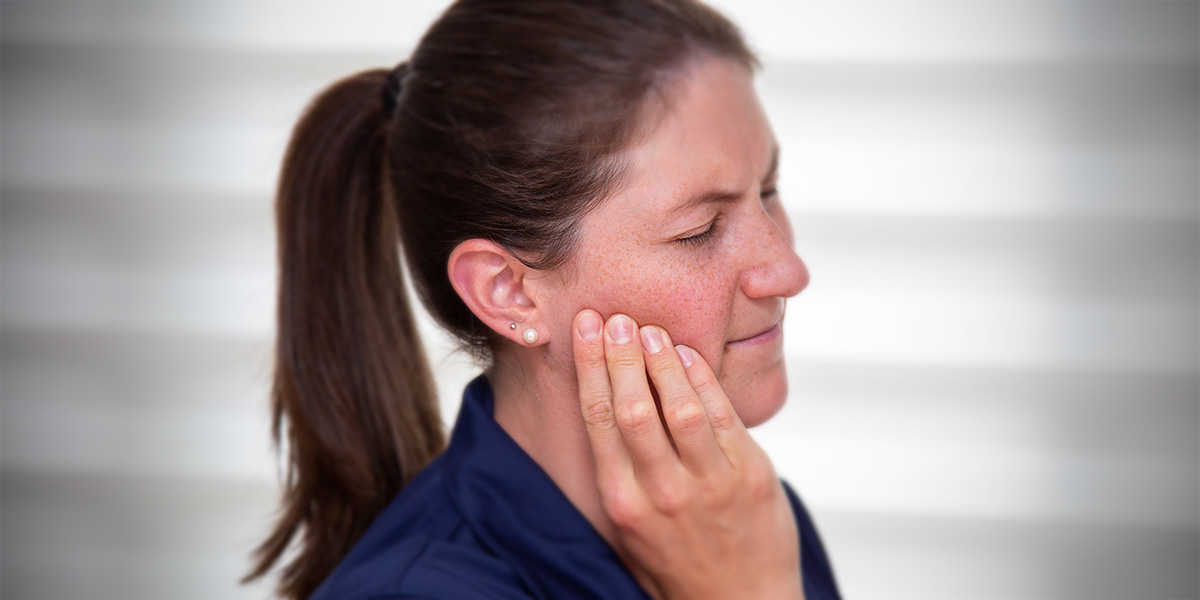
TMJ / Jaw
What is the TMJ?
TMJ stands for temporo-mandibular joint. It is located on either side of your face, in front of your ears connecting your jaw to your head. It allows you to speak, chew, swallow and yawn without pain or limitations. Unfortunately, many problems can occur at these joints. We refer to these problems as TMJ disorders. The most common symptom of TMJ disorders is pain in your jaw, face and around your ear when you eat, talk or open your mouth. Ranging from mild to severe, this pain can be sudden or build up slowly over time.
- Pain and stiffness around your jaw, neck and shoulders
- Loss of amplitude
- Blocking of the jaw
- Trouble chewing
- Ear pain and ringing
- Grinding of the teeth
- Headaches and migraines
- And more !
What Will Your Physiotherapist Do
Your physiotherapist will question you about your health history and your daily activities in order to get a clear understanding of all the factors that may contribute to your condition.
Your physiotherapist will measure your pain, amplitude, movement and limitations of your jaw and neck.
Your physiotherapist will provide hands-on treatments to help mobilize your jaw and relax the muscles that are causing tensions or pain.
Your physiotherapist will teach you postural and strengthening exercises to help cumulate the effects of the treatments and to help prevent relapses.
Your physiotherapist will also give counsel and tips to help you maintain your jaw and neck in good health.
